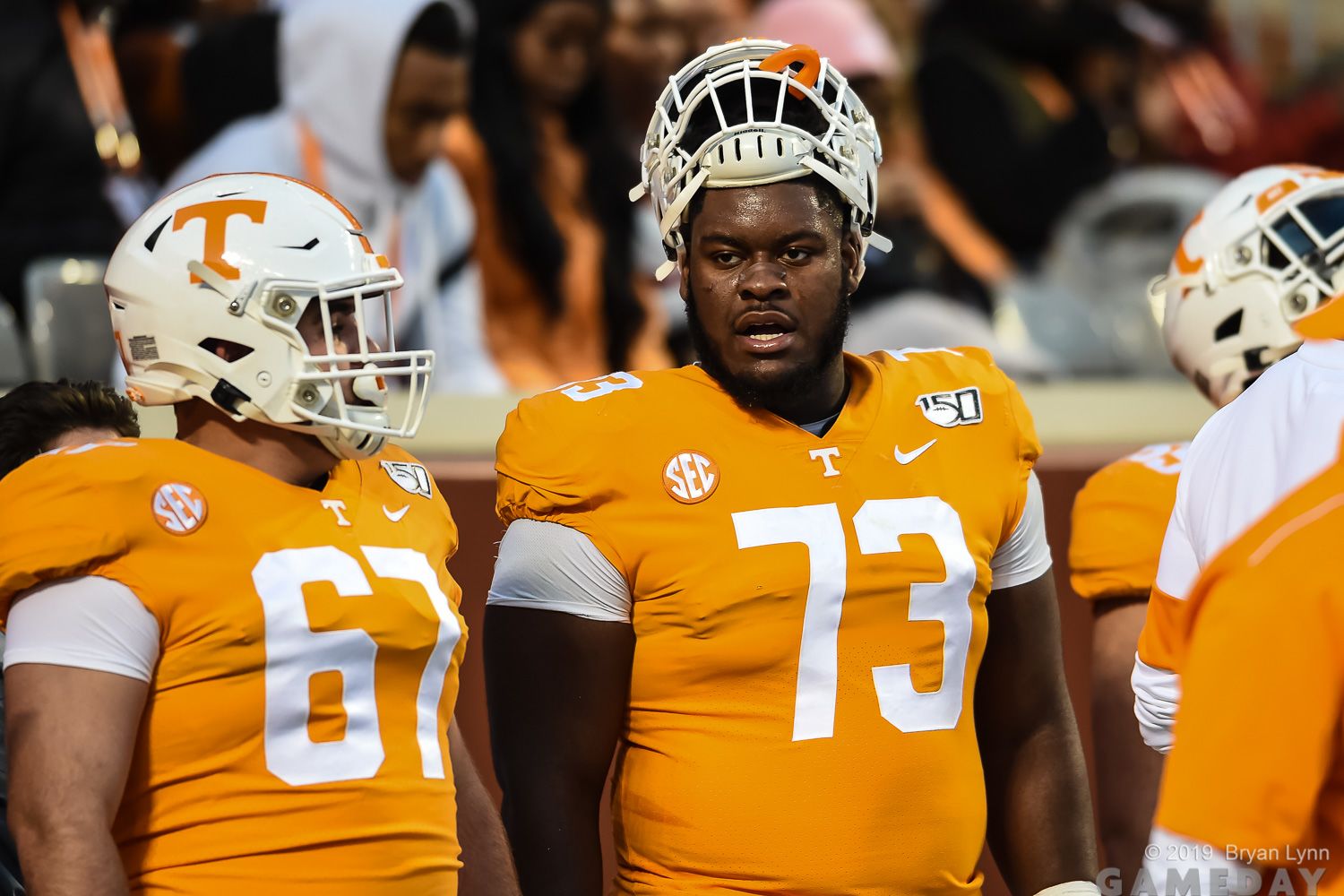In analyzing teams for our annual Gameday magazine, we take a variety of factors into account. One of the core data points is a team’s “returning production,” the idea being that experience matters. Generally speaking, any given player should be better this year than last and should be much better as a senior than he was as a freshman.
Given that, returning more production should be better for a team than returning less, at least to some degree. If all of your guys are back, your team should be bigger, better, stronger, and more experienced. Having everybody back from last year’s team by itself isn’t probative of how good a team is going to be, but it should have some bearing on how much better or worse they should be, assuming all of the other variables remained constant.
Of course, those other variables are always shifting around from year-to-year, too, and depending on how they change, they can affect projections for a team more or less than returning production. Those other factors include (1) how well the team has recruited to replace outgoing players, (2) head coaching and coordinator continuity, and (3) the team’s baseline, meaning how good the team actually was last year in competition on the field.
Returning production, then, isn’t intended to be the end of the analysis. It’s merely one factor among many, and it can itself be influenced positively or negatively by the other factors, most notably recruiting. Those other factors can’t, however, eliminate the importance of returning production altogether. For instance, a team that recruits especially well can do a better job of replacing outgoing talent than one that doesn’t, but recruiting can’t really replace experience very well at all. Experience must be earned on the field in live fire. A roster full of 5-star freshmen could overwhelm a roster full of 2-star sixth-year seniors, of course, but all else being equal, teams that are both talented and experienced should beat teams that are one but not the other.
It’s returning “production,” not returning “starts”
Also, returning production isn’t just about how many players or starters return for a team. It’s about the “production” returning to this year’s team. Our returning production analysis cares less about how many players or starters are back and more about what percentage of last year’s rushing yards, receiving yards, passing yards, tackles, sacks, tackles for loss, and pass breakups are back on the field this fall. Games played and games started are sometimes factored in, but only as a proxy for production when production is difficult to measure. For instance, offensive linemen (and to a somewhat lesser degree, defensive linemen) generally don’t have stat sheets. Whether they’re valuable to their own team is best measured by how often their coaches put them on the field.
So, when we analyze teams with an eye to the upcoming season, returning production is always one of the things we look at first. All else being equal, should we expect this team to be better or worse than it was last year? Once we have that, we then turn to the other factors to determine how much or how little it might matter.
This year’s magazine (which you can pre-order now for a mid-June delivery) includes our ranking of all of the FBS teams by offensive, defensive, and overall returning production with a spotlight on the SEC teams. We’re going to post both of those temporarily here tomorrow so that we can discuss some of the more interesting results.

